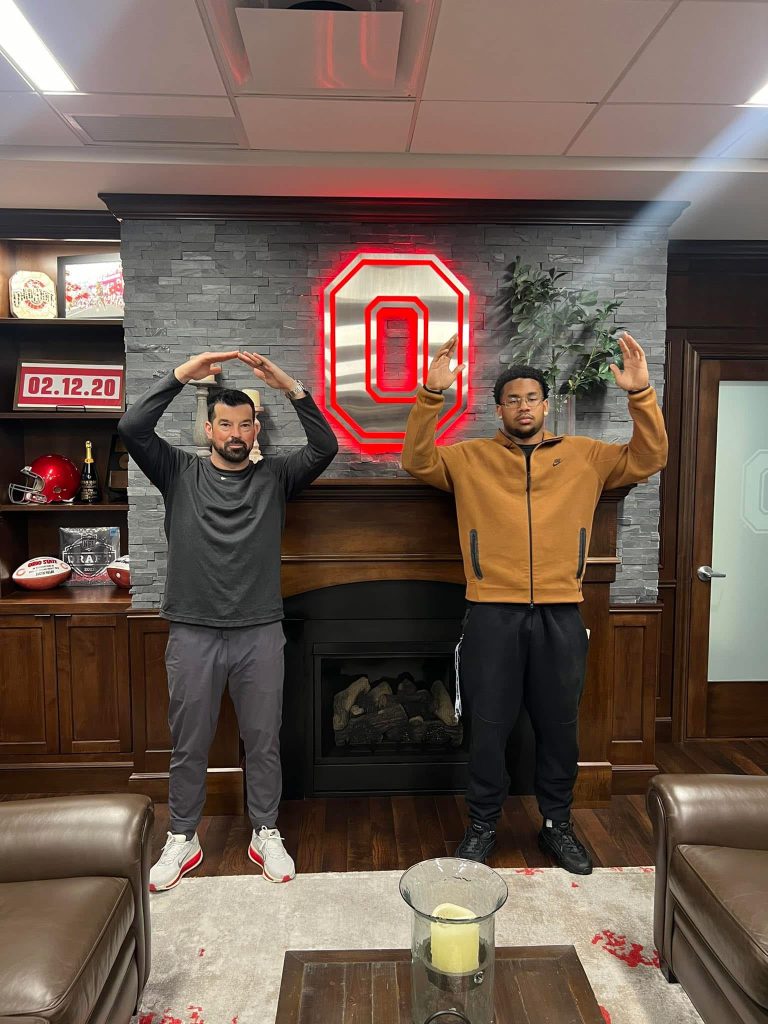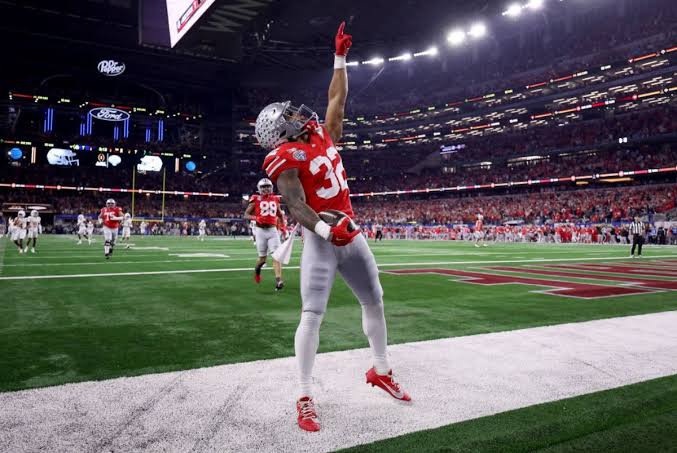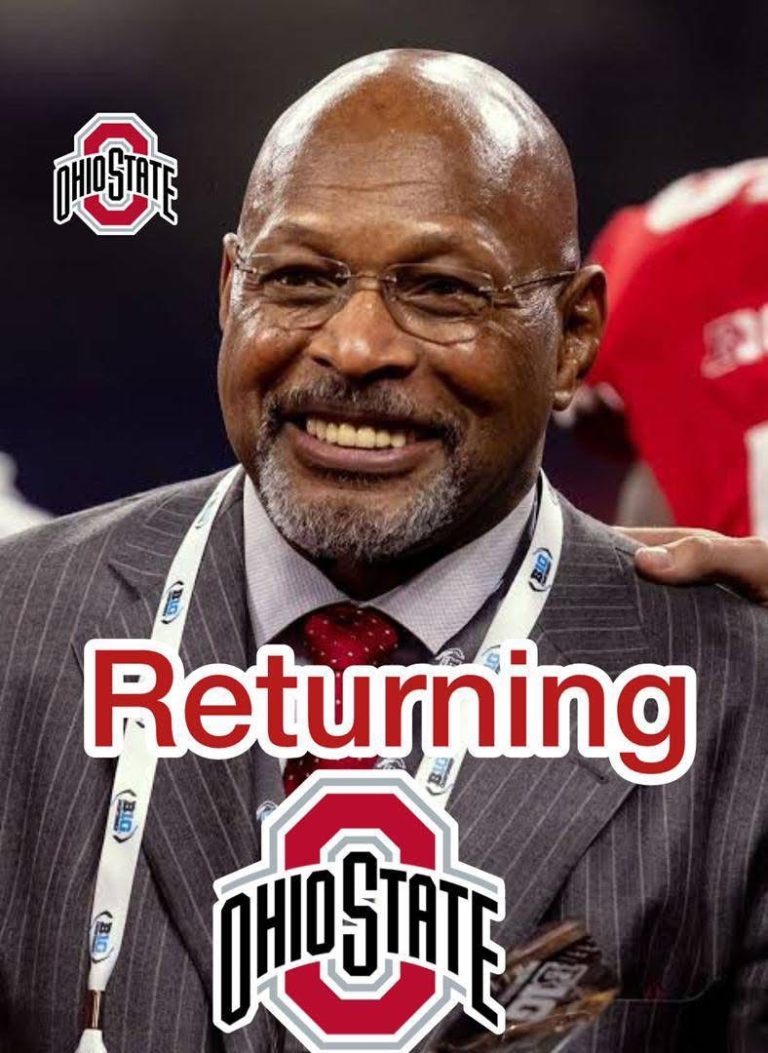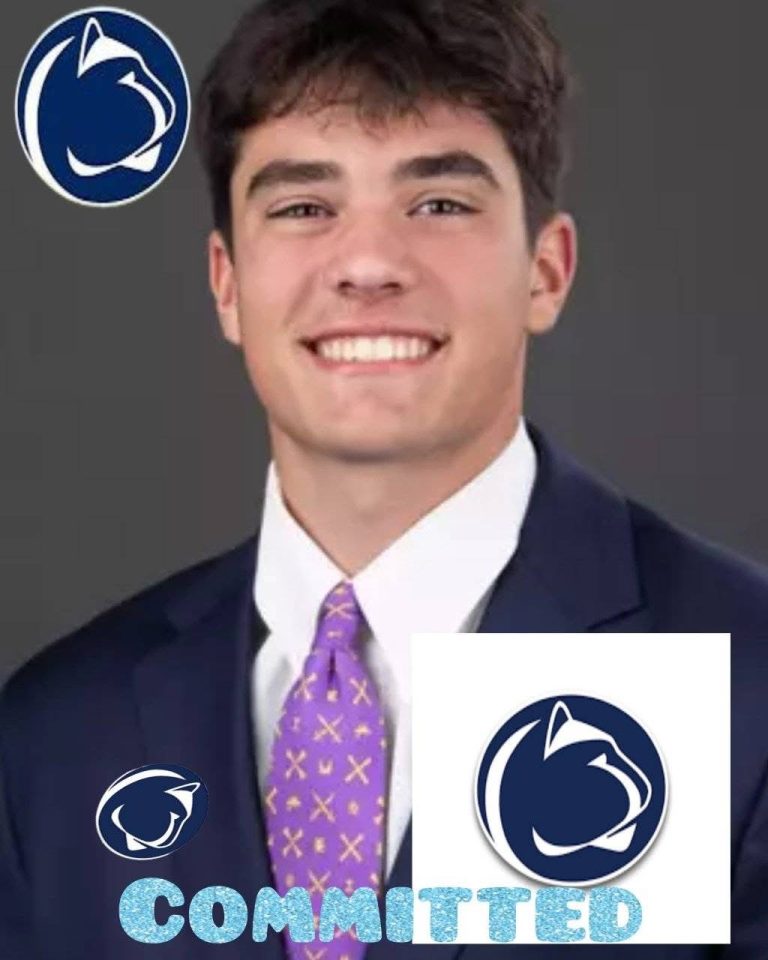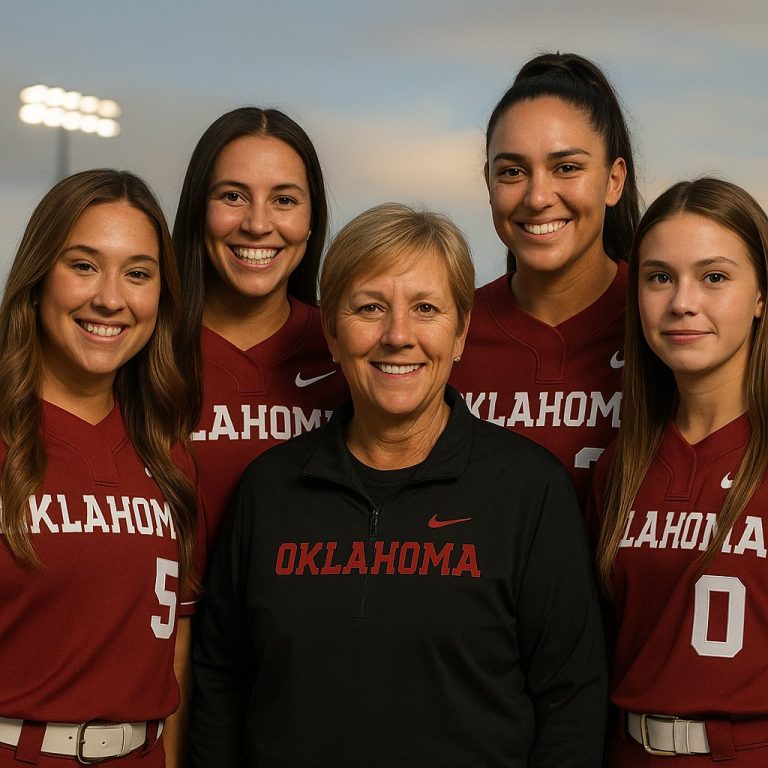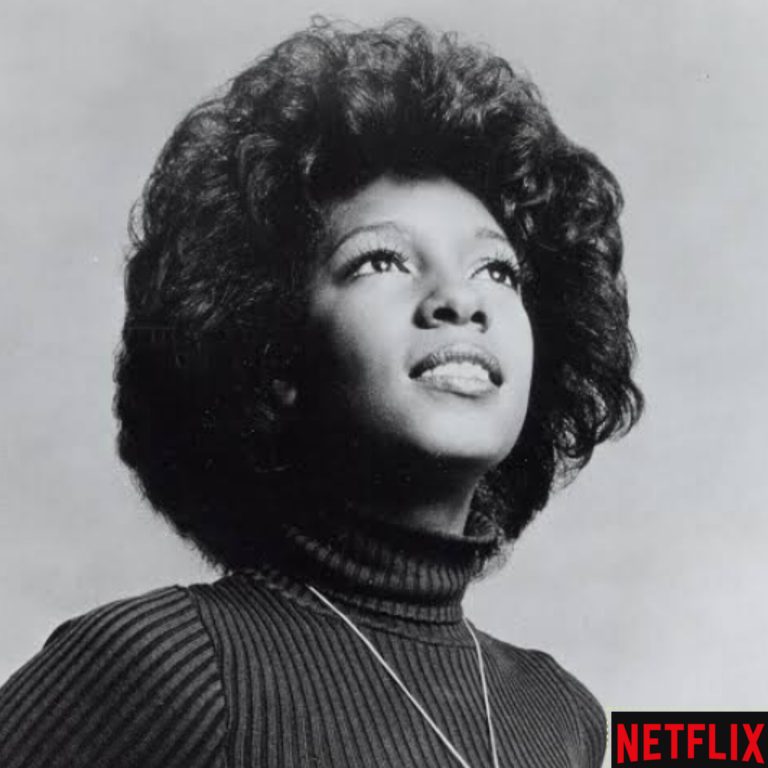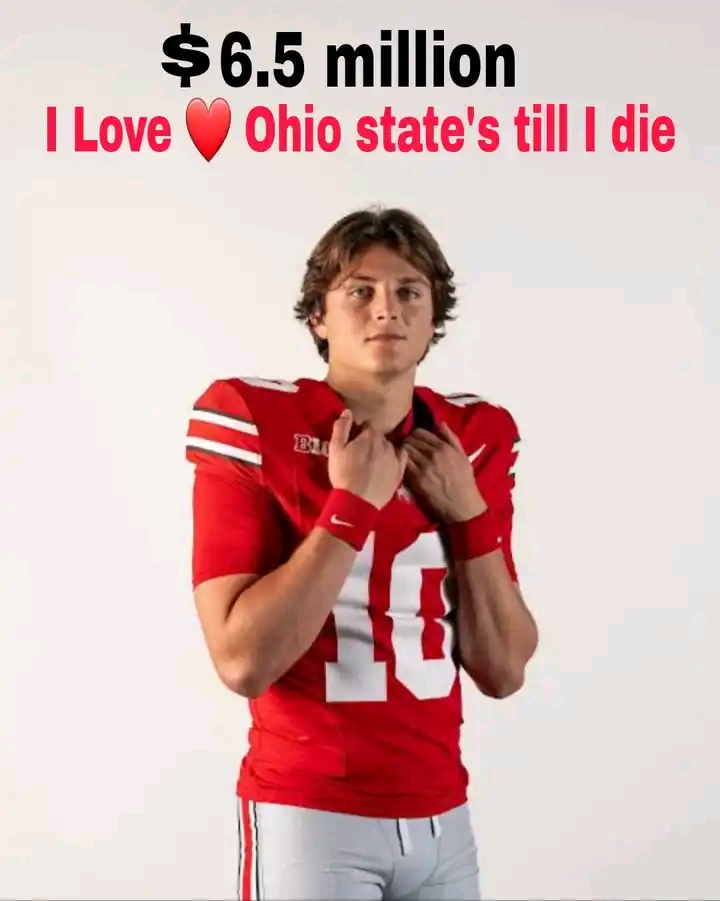
In a surprising turn of events, Julian Sayin, the highly sought-after quarterback from Carlsbad, California, has reportedly declined a substantial 
$6.5 million NIL (Name, Image, Likeness) offer from the University of Southern California (USC). Instead, he chose to transfer to Ohio State University, prioritizing team loyalty and personal development over immediate financial gain.([AP News][1], [Eleven Warriors
A Bold Career Move
Sayin’s journey to Ohio State began under unexpected circumstances. Initially committed to Alabama, he enrolled early in January 2024. However, following the sudden retirement of Alabama’s legendary head coach Nick Saban, Sayin entered the transfer portal. Within days, he committed to Ohio State, citing strong relationships with head coach Ryan Day and offensive coordinator Chip Kelly, both of whom had recruited him previously .
The USC Offer
Before finalizing his decision, Sayin reportedly received a lucrative NIL offer from USC, valued at \$6.5 million. This offer was part of USC’s aggressive strategy to bolster its quarterback position. Despite the financial allure, Sayin declined the offer, emphasizing his commitment to Ohio State and the development opportunities it presented .
Commitment to Team and Development
In interviews, Sayin expressed confidence in his decision, stating, “I made the right decision coming up here. It came down to a lot of factors, but really I just wanted to be at a school with great tradition and great quarterback history and somewhere I can develop” . His swift integration into Ohio State’s program, including impressing coaches during spring practice and earning a starting role, underscores his dedication and belief in the team’s vision .([Eleven Warriors][2])
A Defining Moment in College Football
Sayin’s choice to forgo a significant financial opportunity in favor of team loyalty and personal growth marks a pivotal moment in college football’s evolving landscape. It highlights the increasing influence of NIL deals on player decisions and the complex balance between financial incentives and career development. Sayin’s story serves as a testament to the evolving dynamics of college athletics, where players weigh various factors in their decision-making processes.
As Sayin continues to develop at Ohio State, his journey will undoubtedly inspire future athletes to consider the broader implications of their choices, beyond immediate financial rewards.
